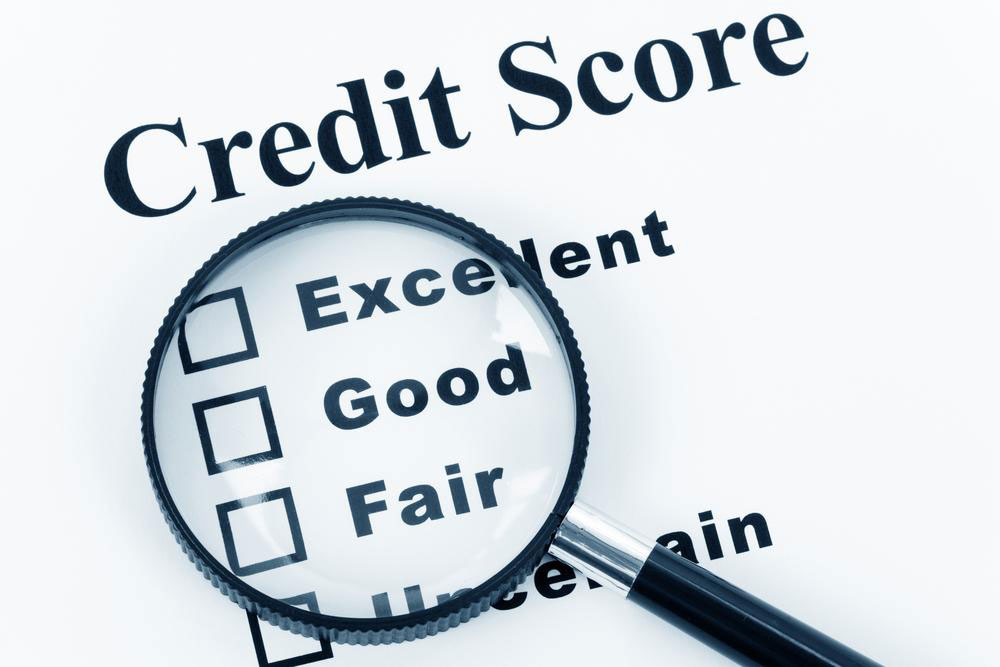Understanding Credit Lines: Types, Functionality, and Tips
Discover the essentials of credit lines, including their types, functions, and management tips. This guide explains how revolving credit works, the differences between unsecured and secured lines, and the benefits of maintaining a good credit line. Learn how to effectively handle credit lines for financial flexibility and security, whether for personal, home, or business needs, with expert management advice.
Sponsored

Understanding Credit Lines: Types, How They Work, and Key Insights
When seeking funds, options like credit cards and personal loans are common, but credit lines offer an alternative that is often overlooked. A credit line is a flexible, revolving borrowing facility provided by banks or credit unions, granting access to a set amount of funds up to a predefined limit. Borrowers can withdraw money as needed until they reach this cap.
What is a credit line?
In essence, it's a flexible loan from a financial institution, providing access to a specific sum of money that can be used repeatedly.
Funds can be repaid either immediately or over time, with interest charged accordingly.
How does a credit line operate?
Typically, when you need funds, you can approach your bank for a personal loan or a credit line. A personal loan provides a lump sum upfront with interest payments beginning shortly after. Conversely, a credit line grants access to a set amount of money you can draw from at any time, with interest accruing only on the withdrawn amount, not the total credit limit. Both secured and unsecured options exist.
Unsecured credit line
Most personal credit lines are unsecured, meaning no collateral is required. Credit cards are common examples. These often demand high credit scores and may be harder to qualify for.
Secured credit line
Secured lines often offer higher limits and lower interest rates since they are backed by collateral, reducing lender risk.
Types of credit lines
Credit lines come in various forms, including:
Personal Credit Line
Provides access to funds that can be borrowed and repaid repeatedly. Eligibility generally requires stable income, good credit history, and a score above 670. Ideal for emergencies, travel, or unexpected expenses.
Home Equity Line of Credit (HELOC)
Tied to your home’s equity, typically up to 75-80% of its value minus the mortgage. It features a draw period (about 10 years) during which you can borrow and repay repeatedly.
Business Line of Credit
Designed for business needs, based on company valuation and profitability. These can be secured, depending on risks involved.
Securities-Backed Line of Credit (SBLOC)
Collateralized by your investment securities, allowing borrowing of 50-95% of their value. Funds cannot be used for securities trading but are available for other expenses. Repayments are interest-only until the debt is settled or the portfolio drops below the LOC level.
Advantages of credit lines
Key benefits include:
Interest is charged only on the amount borrowed, not the total credit limit.
Flexible access over multiple years, allowing borrowing when necessary.
Replenishing funds once repaid, maintaining ongoing borrowing capability.
Effective tips for managing your credit line
To use your credit line wisely:
Ask questions about terms and limits before opening an account.
Know your maximum withdrawal limit to prevent overspending and penalties.
Avoid unnecessary borrowing to keep costs low.
Stay aware of variable interest rates and fees.
Monitor your usage regularly to stay within budget and protect your credit score.
Clear existing debt before taking on new loans.
Consult a financial advisor for tailored advice on managing multiple credit sources.






